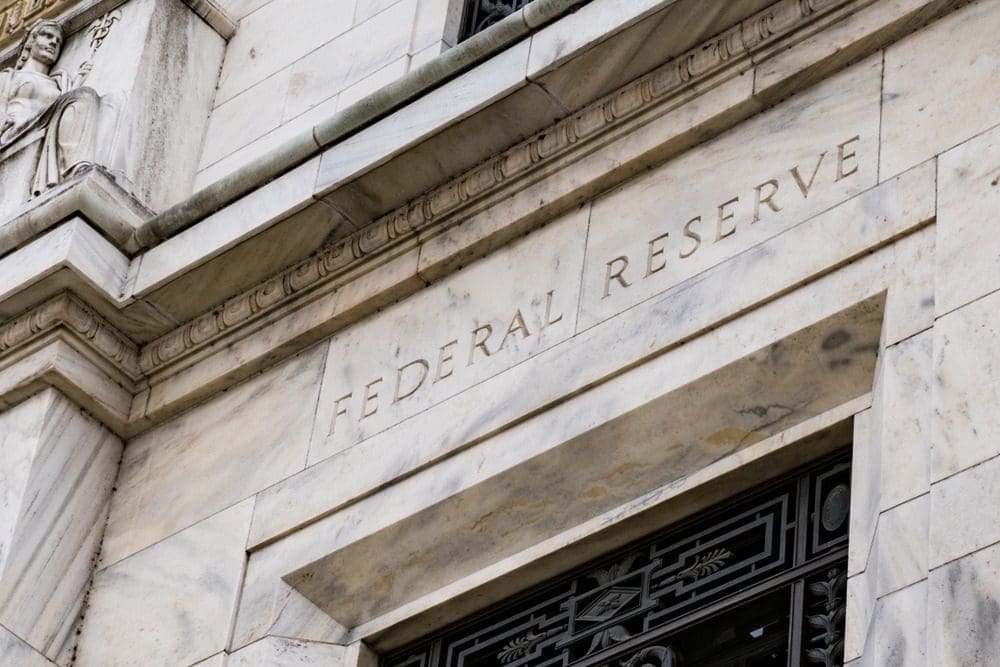We’ve hit a critical inflection point with Federal Reserve policy. The latest inflation data and labor-market signals suggest the Fed is gearing up to shift from restraint to moderation — and the rest of 2025 will be about navigating that transition with care.
First, the inflation front. The latest numbers show that consumer prices rose by 3 % in September year-over-year, up from 2.9 % in August. Monthly inflation was modest, at 0.3 %. Core inflation (excluding food and energy) also clocked in at about 3.0 % annually.
On one level those figures offer relief — they’re not accelerating out of control. But on another, they remain well above the Fed’s 2 % target and above the levels that would clearly justify loosening policy. That puts the Fed in a delicate lean-forward: inflation isn’t gone, but room for manoeuvre is growing.
Next, on the labor and growth side: While jobs remain robust by many standards, signs of cooling are mounting and the Fed is clearly taking note. With downside risks accumulating (slowing hiring, weaker consumer spending) the argument for easing strengthens. Market pricing already reflects this — expectations are high that the Fed will cut rates by 0.25 percentage points this week.
What’s next for the Fed?
So where does that leave us for the balance of the year? Here’s how we see it:
One, a rate cut is very likely in the forthcoming meeting. The Fed appears poised to deliver a 25 bps reduction, possibly accompanied by messaging that opens the door to at least one more cut in December — though with caveats. The dot plot from September already signaled a couple of cuts.
Two, the talk about the Fed’s balance-sheet policy — quantitative tightening (QT) — is coming into sharper focus. With liquidity conditions tightening and reserves under pressure, many analysts believe the Fed will signal an end (or dramatic slowdown) to runoff of assets this year.
Three, the overall tone will shift from “data permits easing” rather than “peak easing mode entered.” The Fed will retain its guardrails: inflation overshoot or labour-market strength could still force a pause or reversal. So the narrative will likely emphasize flexibility, data-dependence, and caution.
Four, for the economy and markets, this means positioning for a gentler policy regime — not wild stimulus, but incremental relief. That might bolster risk assets and compress yields in the near-term, but also raises questions about durability: if inflation re-accelerates or labor softening becomes severe, we could get turbulence.
And for the broader agenda: The Fed’s mission remains the dual mandate — price stability and maximum employment. With inflation still elevated and employment not obviously overheating, the Fed is walking a tightrope. A misstep could undermine credibility.
Where does that leave you? Monitor the upcoming Fed statement and press conference closely. Key things to watch: any shift in language around inflation and labor risk (“downside” vs “upside”), signals on balance-sheet runoff, and the projected path of future cuts (or lack thereof). If you’re making decisions — investment, business planning, financing — assume a mild easing cycle, not a dramatic pivot. For example, shorter-duration fixed income may benefit, and credit spreads might tighten modestly. But maintain caution: if inflation spikes again or labor markets defy cooling, the Fed may pivot back to restricting.
In summary: We’re not entering a full-blown easing blitz, but we’re leaving the “high-rate” regime behind. The Fed is likely to cut, and likely to end QT — or at least slow it significantly — by year-end. The operating environment shifts from “contained pain” to “managed relief.” For those of us tuned into what’s next, this signals a change in gear — and perhaps a window to reposition before the next turn.
What Prediction Markets are Saying
The Fed’s not slamming on the brakes anymore — it’s easing into the passenger seat.
They’ve already made the first cut. Markets are baking in two more cuts by year-end (likely one now, one in December). The bigger shift? The tone is moving from “restrictive policy strictly to fight inflation” toward “managed relief.” In other words: they’re willing to let the economy take more risk of inflation creeping back in order to avoid a sharper slowdown.
If everything proceeds as the odds suggest, expect the benchmark rate to be sitting in the high-3% range before January. That opens room for smoother borrowing, but also raises questions about timing: How much cushion will they leave in the system? If jobs or inflation surprise on the upside, the Fed could pause or even reverse direction.
Key Risks & Watch Points
- If inflation spikes again (especially services or wages) the Fed might hold off on further cuts.
- If the labor market weakens sharply, they could cut faster — but the markets don’t seem to expect a large “jumbo” cut yet.
- Messaging will matter: the press conference and dot-plot updates will show whether policymakers are comfortable with the easing path or hedging.
- Liquidity & balance sheet decisions (QT ending or slowing) will become part of the story.
- For investors/borrowers: the environment is shifting toward lower rates, but not deeply low. So this isn’t a return to ultra-easy policy.

























